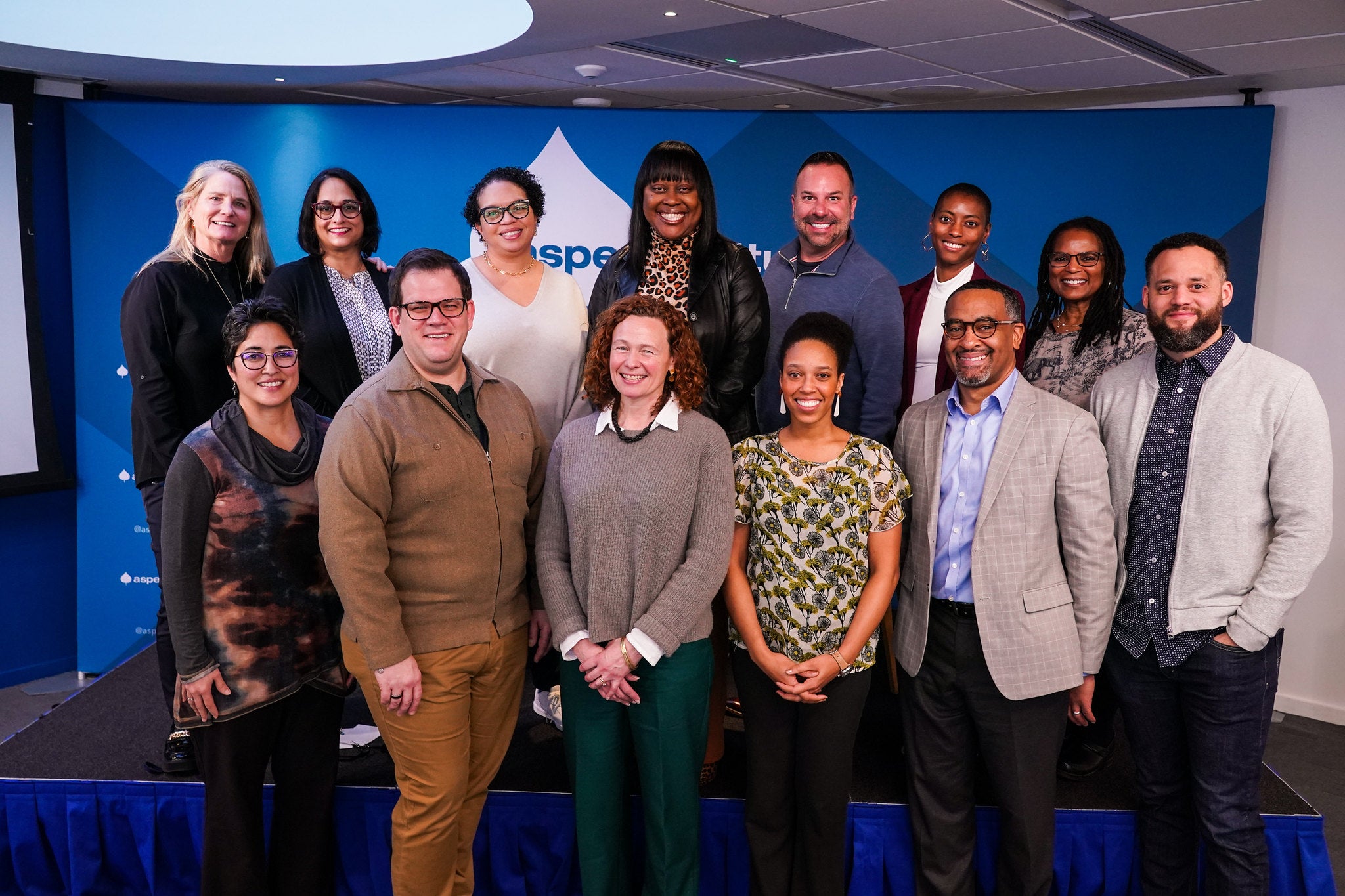
Return to The 2Gen Investment Case
Executive Summary
The modern 2Gen movement is a necessary revisioning of human services programs to support children and families together. Although significant advancements have been made in strengthening practices, systems, and policies through 2Gen approaches, much remains to be done.
The Evolution of 2Gen Funding
To date, the $500 million in 2Gen funding has been spread across diverse programs and sources:
- At the federal level, funding has been disbursed to increase coordination and alignment across agencies and systems that impact both adults in employment and job training programs and young children in early education programs. This report highlights federal efforts that collectively invested $114 million in 2Gen approaches.
- States have also made significant investments in efforts to align workforce and training services with early care and education services. Several states have taken steps to increase coordination of services and support to families with low incomes. This report reviews seven states that have embraced a 2Gen approach, investing more than $273 million combined.
- The philanthropic community has played a significant role in catalyzing 2Gen approaches. Private funders interviewed for this report have invested nearly $200 million in 2Gen pilots and initiatives across 35 states.
INSIGHTS FROM THE PAST DECADE
Thanks to the bold advisors in our 2Gen Funders Learning and Action Community, we have gathered the following insights, which are illustrated throughout this report with data, case studies, and learnings:
Be Aware of Monitoring & Evaluation Challenges
When measuring outcomes, funders often underestimate the complexity of implementing a fully integrated 2Gen approach, with challenges including the need for integrated databases, onerous data collection processes, and a proactive approach to data policy.
Engaging Families and Amplifying Family Voices are Essential Ingredients
Parents must not only provide feedback but also actively participate in decision-making and co-creating and designing strategies. Moreover, organizations must show how parent insights and suggestions are influencing policies and systems.
Ensuring Equity, Especially Racial Equity, is a Priority
Funders can promote equity by educating themselves and grantees, being explicit about equity expectations, considering equity in funding decisions and procurement, incorporating family voice, and identifying policy inequities.
Lean into Peer Learning
Peer learning cohorts provide opportunities for knowledge exchange, collaboration, and innovation. Fostering learning cohorts, where organizations can learn from and support each other, is a proven effective strategy.
Apply Cross-Sector Lessons
Funders are increasingly interested in applying lessons from nonprofit organizations implementing 2Gen approaches to policy and systems change. Policy work does not always require new laws or programs. Instead, it can align current policies, streamline practices, and strengthen linkages among existing programs.
A WAY FORWARD FOR FUNDERS
Opportunities identified for future focus include: refining ways the 2Gen approach is communicated, developing strategies to assess an organization’s readiness to implement 2Gen approaches, building the capacity of 2Gen practitioners and technical assistance providers, addressing staffing needs for 2Gen approaches, and continuing to support research and evaluation efforts.
Funders of the 2Gen approach have a significant opportunity to learn from the past 12 years of building the field in order to drive change for children and the adults in their lives together – for the next 12 years and beyond.
3. Investments from Funders
Over the past decade, more than $500 million has been invested to advance 2Gen approaches across all 50 states, the District of Columbia, and Puerto Rico. Learn about the significant investments made with public funding at the federal, state, and local level as well as with private grant funding.

